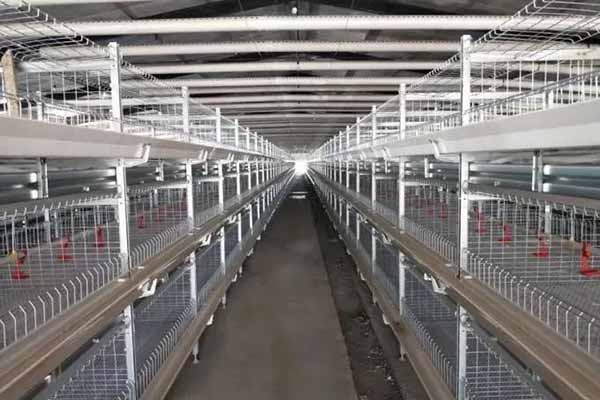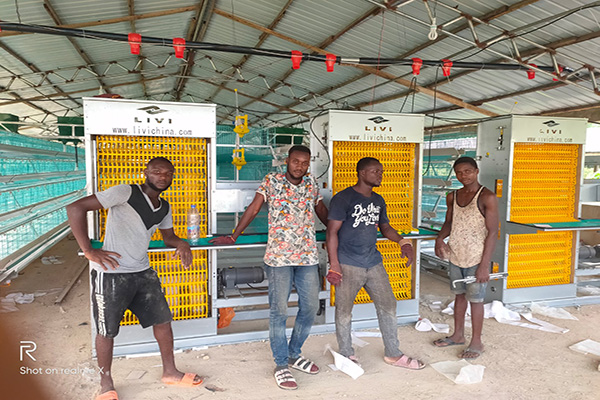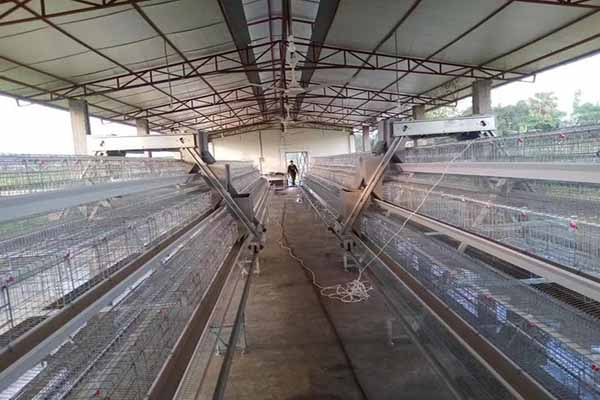Recommendations for Automated Equipment for Small and Medium-Sized Chicken Farms in Tanzania
Time : 2025-07-03
As the demand for poultry products continues to rise in Tanzania, small and medium-sized chicken farms are increasingly looking for ways to improve efficiency and productivity. Automated equipment can play a crucial role in achieving these goals. This article provides detailed recommendations for the best automated equipment suitable for small and medium-sized chicken farms in Tanzania.
Introduction to Automated Equipment for Chicken Farms
Automated equipment refers to machinery and systems designed to perform various tasks in poultry farming with minimal human intervention. These systems can range from simple, cost-effective solutions to complex, high-tech setups. The choice of equipment largely depends on the scale of the farm, the specific requirements, and the budget available.
Key Considerations for Choosing Automated Equipment
When selecting automated equipment for small and medium-sized chicken farms in Tanzania, it is important to consider several factors:

- Scale of the Farm: The size of the farm will determine the capacity and complexity of the equipment required.
- Climate and Environmental Conditions: Equipment should be able to function effectively in the specific climate and environmental conditions of Tanzania.
- Budget: The cost of the equipment should be reasonable and within the budget of the farm.
- Ease of Use and Maintenance: The equipment should be user-friendly and require minimal maintenance.
- Local Suppliers and After-Sales Service: Ensure that there are reliable suppliers and after-sales service providers in Tanzania.
Recommendations for Automated Equipment
1. Feed Systems
Automated feed systems are essential for ensuring that chickens receive a balanced diet. The following feed systems are recommended for small and medium-sized chicken farms in Tanzania:
- Automatic Feeders: These systems dispense feed at predetermined intervals, ensuring consistent feeding. They come in various capacities and can be adjusted to meet the specific needs of the flock.
- Batch Feeders: These are suitable for larger farms and allow for the storage and dispensing of feed in batches.
- Self-Feeding Hoppers: These hoppers are placed in the chicken coop and automatically dispense feed as the chickens consume it, reducing waste.
2. Watering Systems
Access to clean, fresh water is crucial for the health and productivity of chickens. The following watering systems are recommended:
- Automatic Drinkers: These systems provide continuous access to water and can be adjusted to meet the specific water requirements of the chickens.
- Nipple Drinkers: These are suitable for broiler farms and are highly efficient in minimizing water wastage.
- Gravity-Flow Drinkers: These are simple and cost-effective systems that provide water through gravity, making them ideal for small farms.
3. Egg Collection Sy stems
stems
Automated egg collection systems can significantly reduce labor costs and improve efficiency. The following systems are recommended:
- Manual Egg Collection Systems: These systems involve manually collecting eggs from the henhouse and can be complemented with automated sorting and grading systems.
- Automated Egg Collection Hoppers: These hoppers automatically collect eggs from the henhouse and can be easily emptied.
- Automated Egg Collection Conveyors: These conveyors move eggs from the henhouse to the collection point, reducing manual labor.
4. Environmental Control Systems
Environmental control systems are essential for maintaining optimal conditions in the chicken coop. The following systems are recommended:

- Heating Systems: These systems provide warmth during cold weather, ensuring the comfort and health of the chickens.
- Ventilation Systems: These systems ensure proper air circulation, reducing the risk of respiratory diseases.
- Humidity Control Systems: These systems maintain the humidity level in the henhouse, which is crucial for the health of the chickens.
5. Health Monitoring Systems
Health monitoring systems can help farmers detect and address health issues in the flock early. The following systems are recommended:
- Weight Monitoring Systems: These systems track the weight of the chickens, allowing farmers to monitor their growth and overall health.
- Feather Quality Monitoring Systems: These systems evaluate the feather quality of the chickens, indicating their overall health and stress levels.
- Behavioral Monitoring Systems: These systems track the behavior of the chickens, helping farmers identify potential health issues early.
Conclusion
Investing in automated equipment can significantly improve the efficiency and productivity of small and medium-sized chicken farms in Tanzania. By carefully considering the specific needs of the farm, climate conditions, and budget, farmers can select the most suitable automated equipment to enhance their poultry farming operations.
, , , , , , , , , ,











